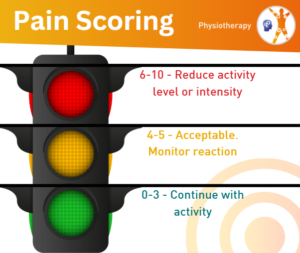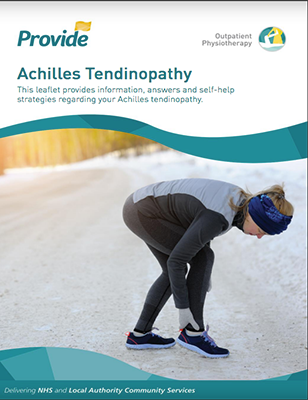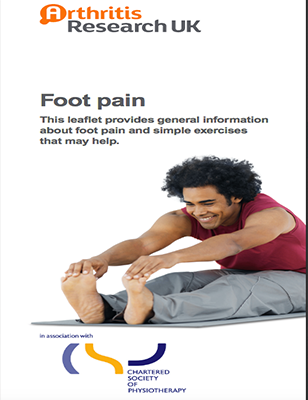Overview
The foot is a complex and hard-working structure which can be susceptible to overload type problems involving joints, ligaments, tendons and nerves.
Sprains to the ankle or foot can be common causes for pain and usually get better reasonably quickly despite severe pain initially. Footwear and natural foot position can also influence ankle and foot problems.
There are a number of other reasons for foot and ankle pain which might need slightly different management, although understanding what is causing your pain and how you can quickly help your foot or ankle problem yourself is always the best place to start.
Find out more about your foot or ankle pain in the other sections for further help.
Types of foot and ankle pain
Plantar fasciitis or plantar heel pain is irritation and/or inflammation at the heel, where the thick ligament-like structure that supports the bottom of your foot can cause pain.
It is a common condition which can affect between 4-7% of people at some point in their life. Although plantar fasciitis can be slow to improve, the majority of people will get better with conservation treatment.
To learn more about this condition and help you decide what treatment options are best for you, we recommend you use our Plantar Fasciitis Decision Making Tool.
There are sections that you can complete which can be helpful if you are planning to see a healthcare professional to decide what level of support you need.
For more detailed information on plantar fasciitis and what you can do yourself to improve your heel pain, Click Here to access our leaflet.
Useful exercise and taping video demonstrations to help your symptoms can be found here.
You can also see further exercises that our physiotherapists would recommend for management of an ankle sprain further down the page in the exercises section.
Feet with lower arches (Pes planus) tend to be more flexible. It is not necessarily a problem but could increase your chances of developing other foot problems.
If your feet are painful and flat, there may be some footwear advice and exercises that you could try to help to strengthen the foot and assist with the discomfort.
Losing weight can help ease symptoms because it reduces the stress on joints. Swimming is a good form of exercise if you find weight-bearing exercise difficult.
Some people find orthotics or arch supports in their shoes can help to support the feet more and alleviate pain or tiredness. You can find very affordable and good quality foot orthotics online so there’s no need to have them costume-made usually.
The tibialis posterior tendon serves as one of the major supporting structures of the foot, helping it to function while walking. Tibialis posterior dysfunction or posterior tibial tendon dysfunction is a condition caused by changes in the tendon, affecting its ability to support the arch. This can result in flattening of the foot.
Tibialis posterior dysfunction is often called adult acquired flatfoot because it is the most common type of flatfoot developed during adulthood. Although this condition typically occurs in only one foot, some people may develop it in both feet. It is usually progressive, which means it will often get worse, especially if it is not treated early.
Overuse of the tibialis posterior tendon is often the cause of the dysfunction and pain. Commonly the symptoms occur after activities that involve the tendon, such as running, walking, hiking or climbing stairs.
Physiotherapy can help by providing footwear advice, activity modification and specific strengthening and stretching exercises.
Self help
Evidence has shown that people who understand their Musculoskeletal health problem and take an active involvement to help themselves have a much better outcome.
Here are some really helpful leaflets, exercises and useful links to other websites that have been approved by our physiotherapists so that you can start getting better with your foot or ankle pain today!
This information is not intended or implied to be a substitute for professional medical advice, diagnosis or treatment if required. All content is for general information purposes only.
Click Here to access our getUBetter app, which is an easy, safe and effective way to support your recovery.
leaflets
Videos
Exercises
Useful Links
- Useful exercises to help ease foot pain and reduce the risk of future injuries.
- 10 exercises that can be effective for treating plantar fasciitis – Why not try them today?
- Learn more about these common problems – Heel and foot pain and what you can do to help get better
- Further information on ankle pain including the ‘do’s and don’ts’ to ease ankle pain yourself as well as when to seek medical advice
Further Support
If your foot or ankle pain is still not improving despite following the advice and guidance provided on the website and you score a ‘Medium’ or ‘High Risk’ when completing the ‘Is my ankle or foot likely to persist?’, you may require further help and support from the Physiotherapy Service. Please click on the ‘Physiotherapy Self-Referral’ box to refer yourself to the service for further management of your back problem.
FAQs





















